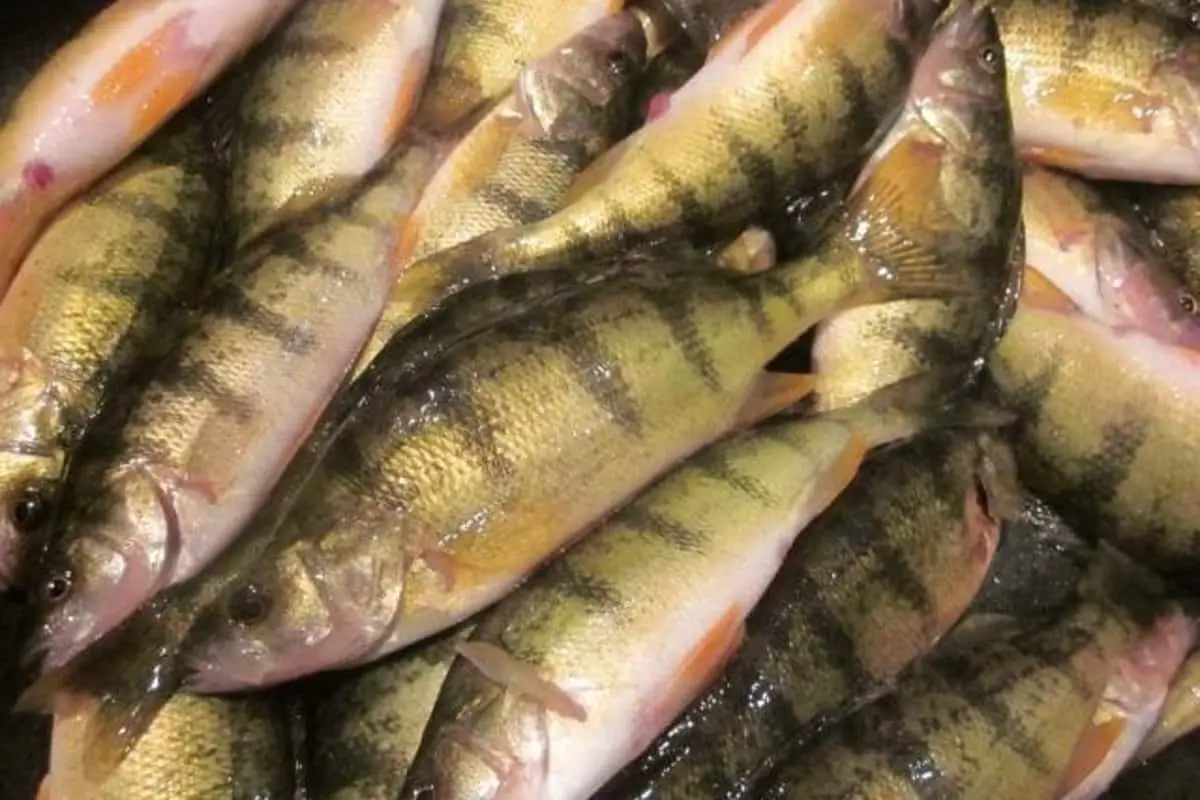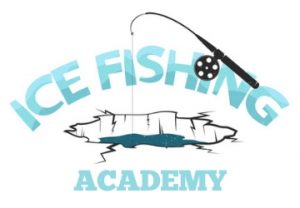Ice fishing can sometimes be a hit-and-miss type of fishing adventure because your view of what is going on under the water is obscured. It is hard to read the conditions in the water if you cannot see the water! One way to attract the fish to your fishing hole is by chumming. But does chumming work for ice fishing?
Cumming works for ice fishing, but you need to know what chum you should use for certain fish species and how to chum correctly. Over-chumming can be counter-productive, resulting in an unsuccessful day of fishing. Always check the local rules about chumming as it is illegal in some places.
Chumming is an effective fishing strategy used in many types of fishing, but is ice fishing one of those circumstances where chumming works well? Using chum for ice fishing requires understanding the species you are targeting and your local legislation regarding the practice.

Is Chumming A Good Strategy For Ice Fishing?
Chumming is a method used to attract fish to a fishing location, particularly predatory fish. It is a practice that is more commonly seen with ocean fishing rather than freshwater fishing.
The practice of chumming usually involves throwing cut-up or minced baitfish, guts, and blood into the water to attract feeding fish to your fishing location.
In some instances, fish eggs or roe are used to attract particular fish species to a fishing spot. Chumming is to put bait in the water and get the scent in the water that will attract fish to the area. These practices are often done in open water, but will they work for ice fishing?
Chumming works for ice fishing and will attract predatory fish to your ice hole and improve your chances of a catch. Many indigenous people who survive off the land have used chumming techniques to attract fish to the area and increase their success rate.
The first step regarding chumming for ice fishing is to establish whether it is legal in your fishing location.
Is Chumming For Ice Fishing Legal?
Chumming when freshwater fishing is often frowned upon, and in some states, it is illegal to chum the waters for fishing.
Chumming is illegal in certain states to protect the waters and the species living in those waters. Often chumming is done with roe or fish eggs. If some fish eggs are still viable, new, invasive species can be inadvertently introduced to the waters.
Another problem is the transference of disease from one fishing location to another. Chum made from fish harvested from other waters may carry disease or parasites that could infect the new waters where you use the chum.
Thus, the practice of chumming is illegal in some states for conservation reasons to protect the fish in those waters.
The rules regarding chumming vary from state to state and even from location to location. Some waters may be more environmentally sensitive than others, which require more strict conservation measures to protect the local wildlife.
In some locations, chumming is restricted, meaning it is allowed, but with only certain ingredients in your chum mix.
Chumming for fishing is generally legal in most ice fishing locations in Canada and the lakes around Ontario. For ice fishing in the USA, it is best to consult your local fishing authority to learn about local chumming rules.
When Should You Chum For Ice Fishing?
Chumming for ice fishing works really well to draw the fish to your fishing hole and put them in the mood to eat. However, there are various ways of chumming and different methods that you can use.
Planning ahead is a good strategy for using chum for ice fishing. In the wintertime, food is scarce for the fish, and if a sudden windfall of food becomes available, the attractant will bring fish from far and wide.
When you get to your fishing spot, drill your hole and chum the hole that night. Give a generous helping of the free-floating chum and anchored scent chum.
Leaving the chum under the ice for the night will attract hungry fish from further afield, and come morning, there will be substantially more fish hanging around your fishing hole in anticipation of a meal.
While fishing in the morning and during the day, periodically chum the hole every few hours to keep the fish’s interest focused around your fishing hole.
Don’t over-chum your fishing hole, instead start slow and sparingly, and add more if you don’t see results. Over-chumming can present too much food to the fish, making them less inclined to take your hooked bait over all the other tasty morsels sitting on the bottom or floating about.
How Should You Chum For Ice Fishing?
For overnight chumming, I like to throw chunks of baitfish into the fishing hole with the associated fluids and set a slow-release scent trap on the bottom as the overnight chumming strategy.
The scent trap can be a suitable container filled with chum, and holes poked in it to release the scent and lowered to the bottom. This prevents any fish from carrying the chum away and will slowly release the attractant scent of the chum into the water all night.
When you arrive at your fishing hole in the morning, chum the hole with some more chunks of baitfish of varying sizes that will float down to the bottom at varying rates.
The scent in the water, combined with the movement of the chum chunks in the water, will entice the fish to eat. Your ice fishing hole is not primed and ready for you to start fishing and reeling them in!
What Is The Best Chum To Use For Ice Fishing?
The best ingredients for your chum will depend on the species of fish you are targeting. You can create chum from corn, chopped-up worms, cut-up baitfish, or even minced baitfish for your scent can.
This is where understanding the fish you are targeting comes into play. Knowing the eating habits of the fish you want to catch will help you to prepare the ideal chum. Mixing the ideal chum will attract the fish from surrounding areas and cause them to show an interest in what you are offering.
What Can You Do If Chumming Is Not Allowed?
If chumming is not legal in the waters you are ice fishing; you can use other methods to attract the fish to your fishing spot.
Gel attractants can be purchased from most fishing shops that you can smear on your lure. The gel stays on the lure for a long time and slowly releases into the water. Fish downstream will pick up the scent and follow it to investigate.
Jigging, bottom bouncing, and using brightly colored lures are other means of attracting the fish’s attention under the ice. You could even try a glow-in-the-dark lure to improve the lure’s visibility under the ice or when fishing on overcast days.
Conclusion
Chumming when ice fishing is an excellent strategy to increase your chances of success at your fishing hole. Chum conservatively to check the response and prevent over-chumming the spot, which could have the opposite of the desired effect.
Always check the local rules regarding chumming at your fishing location before trying this method out, or your fishing trip may become expensive!
Have fun and stay safe out there!
